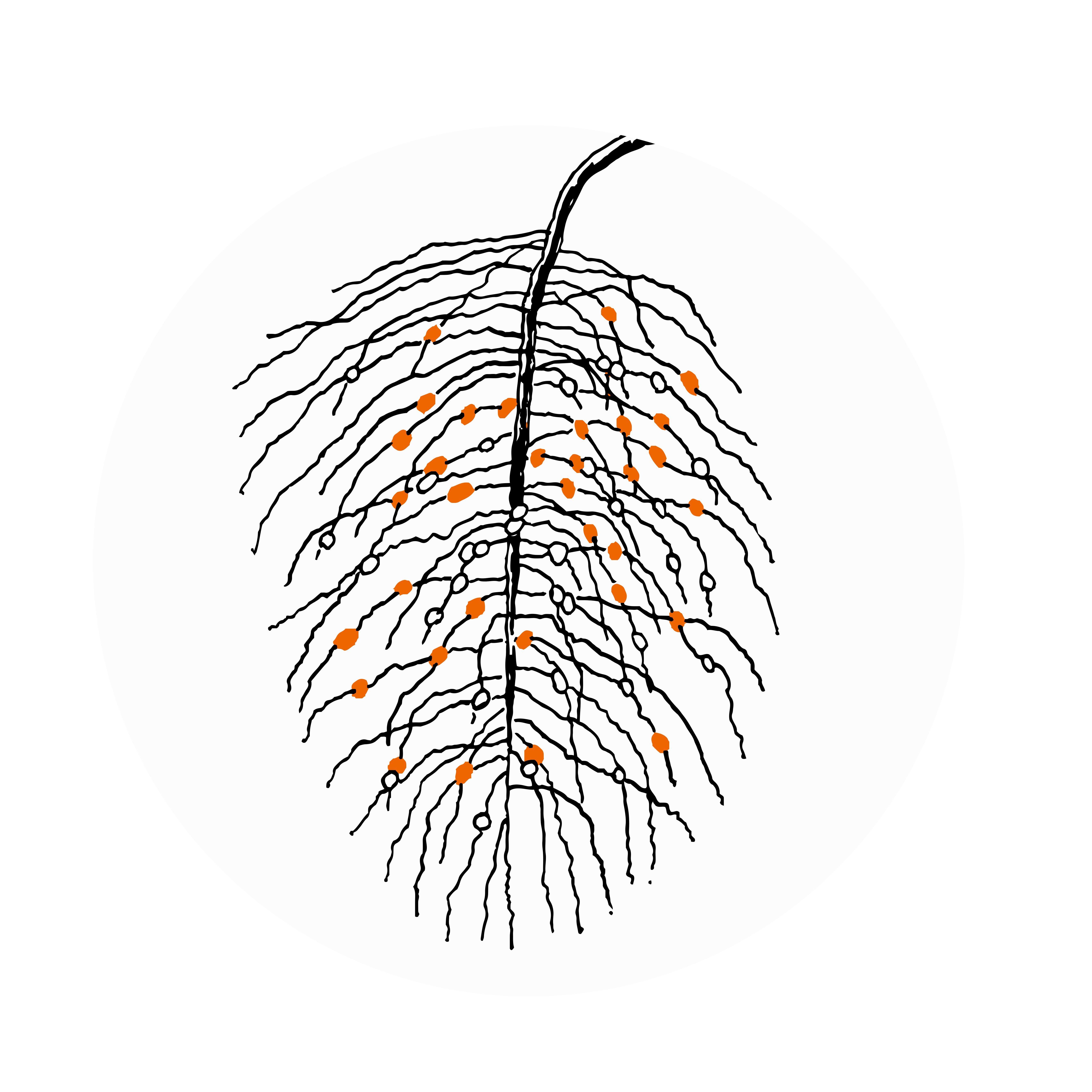
Methods
Preparation
Phytoliths
Phytoliths were extracted from modern plant material using the method of Piperno (1988, 2006). Plant material was cleaned in an ultrasonic bath and rinsed with water to remove potential contaminants, before being dried in an oven at 60°C. Organic matter was digested with concentrated nitric acid heated to 100°C until no more plant material was visible in the test tube. Pinches of potassium chlorate powder were added to samples to aid the reaction. Once digestion was complete, samples were washed twice with water and the remaining residue mounted onto a microscope slide with Entellan mounting medium.
Carpology
The seeds and fruits are photographed prior to carbonization. Charring is carried out by isolating the seeds/fruits in aluminum foil or closed porcelain crucibles. While the use of a muffle oven is ideal, in many cases the samples were charred in coals of natural fires.
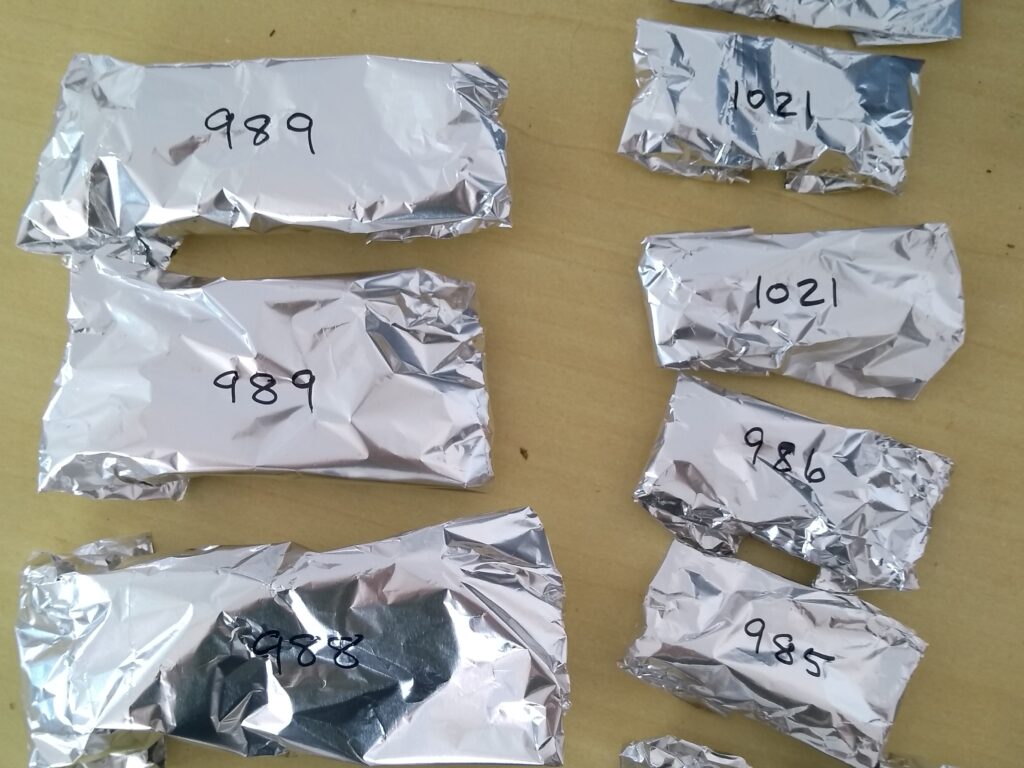
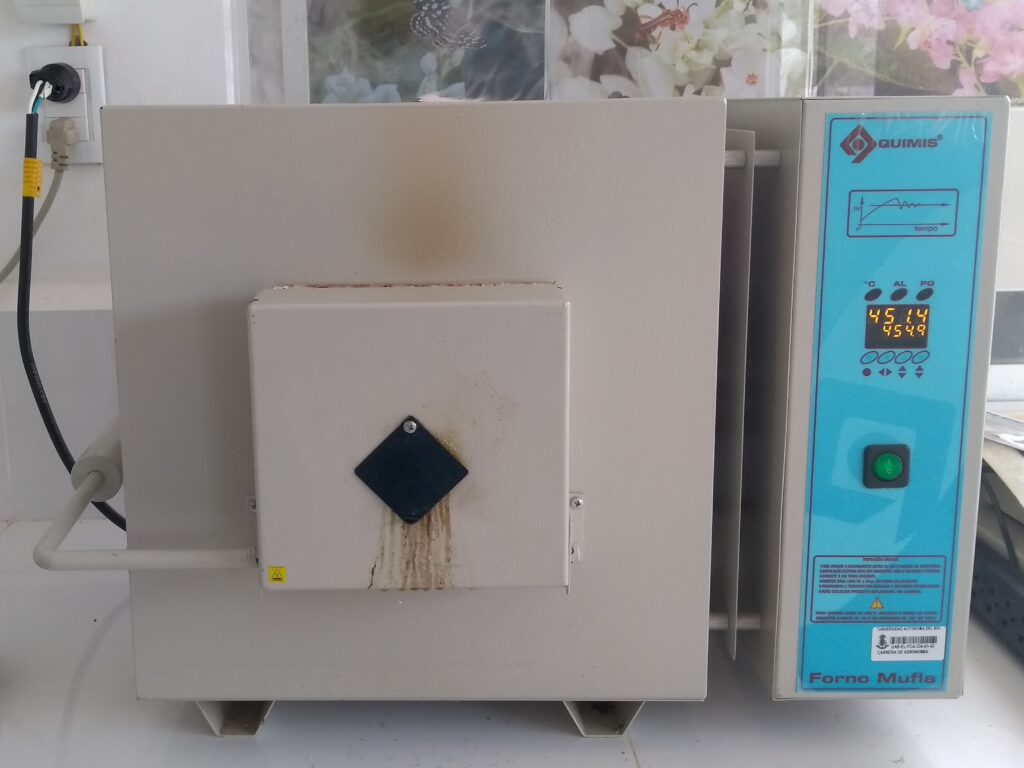
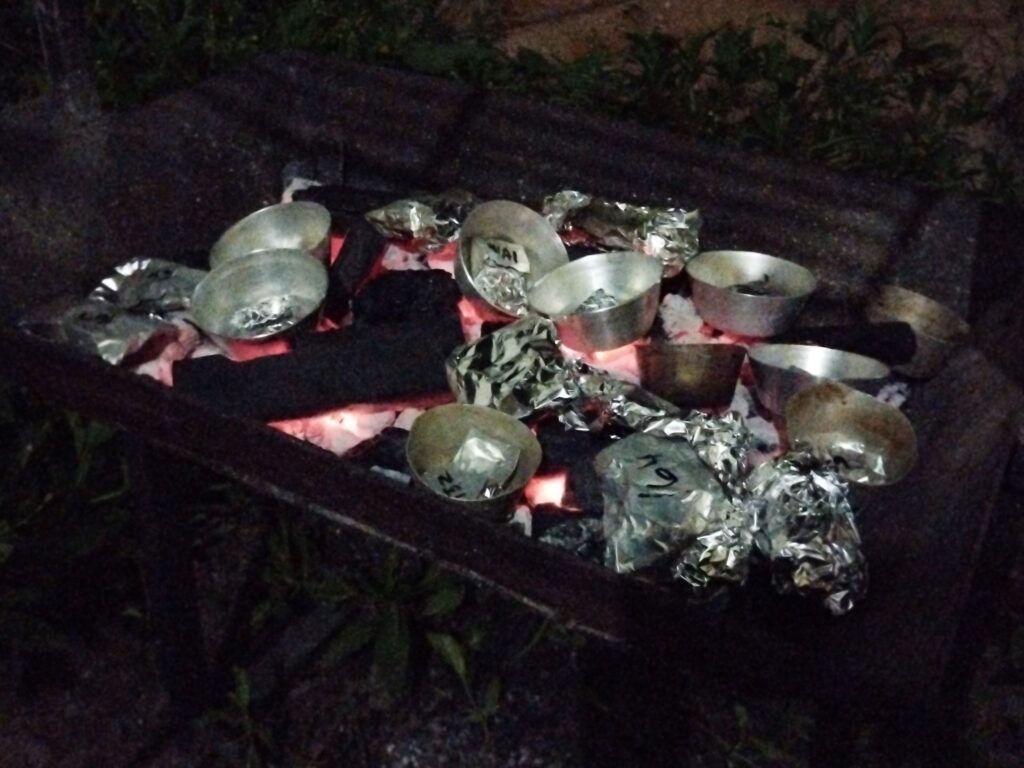
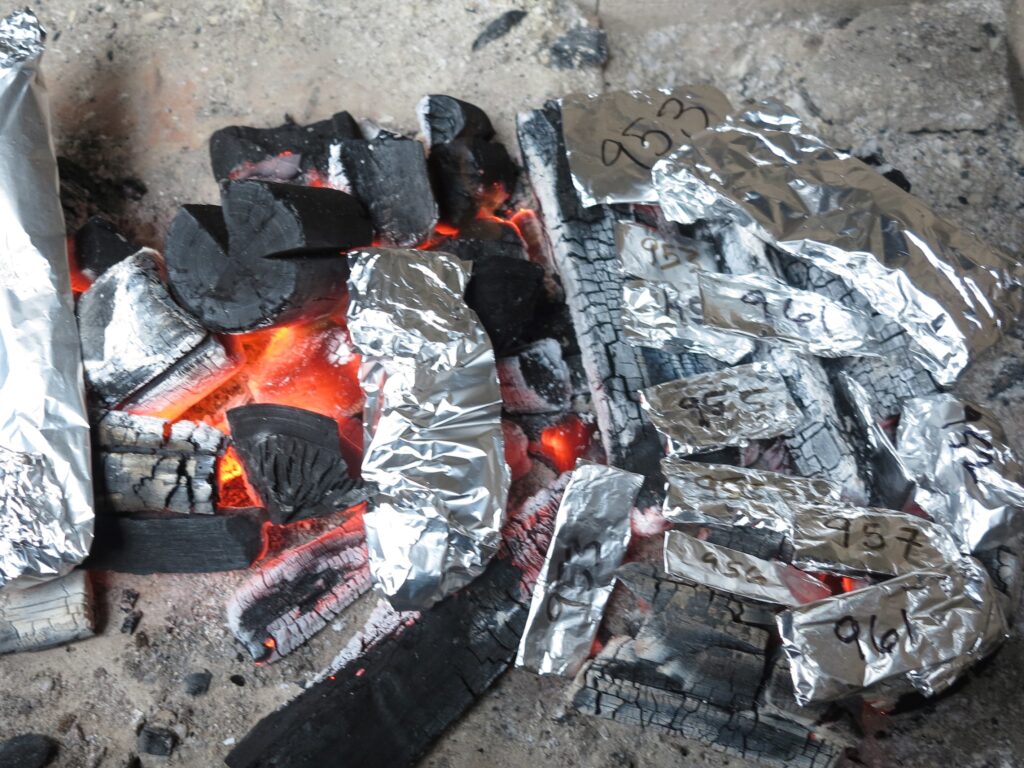
Description and nomenclature
Phytoliths
Whenever possible, phytoliths have been named according to the International Code of Phytolith Nomenclature 2.0 (ICPN, 2019). Since the nomenclature of several phytoliths has changed over the years, where this applies we have included previous names in the field “other names”, to aid the user. For instance, “spheroid ornate” phytoliths can also be found by searching “globular granulate” in the database, and “tracheary annulate” phytoliths by searching “tracheids”, etc.
Some notes on specific nomenclature choices:
Spheroid ornate: Following Piperno and McMichael (2020), this category encompasses spheroid types with varied decoration, such as granulate (/rugose), verrucate, tuberculate, decorated and dimpled.
Spheroid echinate: These phytoliths have been grouped into one “type”, with further details regarding sub-types provided in the field “comments”. Nomenclature of these subtypes follows Morcote-Rios et al. (2016).
Grass short cells (GSC): Nomenclature for the most common types of short cells follows the ICPN 2.0, while others not included in the Code are named after Piperno and Pearsall (1998), Lu and Liu (2003) and Pearsall et al. (2003).
Tracheary elements: For tracheary elements not listed in the ICPN 2.0, we follow the nomenclature proposed in Piperno and McMichael (2020).
Carpology
Morphological and anatomic descriptions for the macrobotanical reference collections are still in progress.
